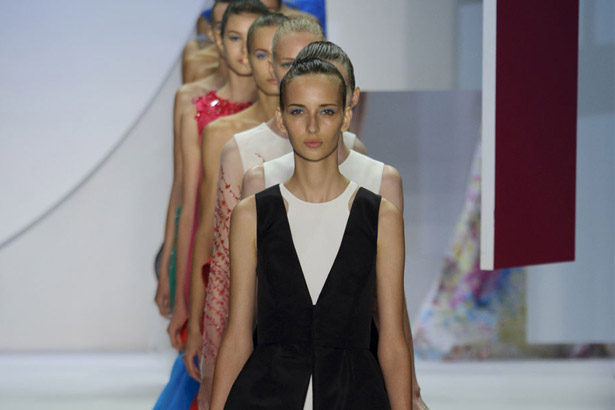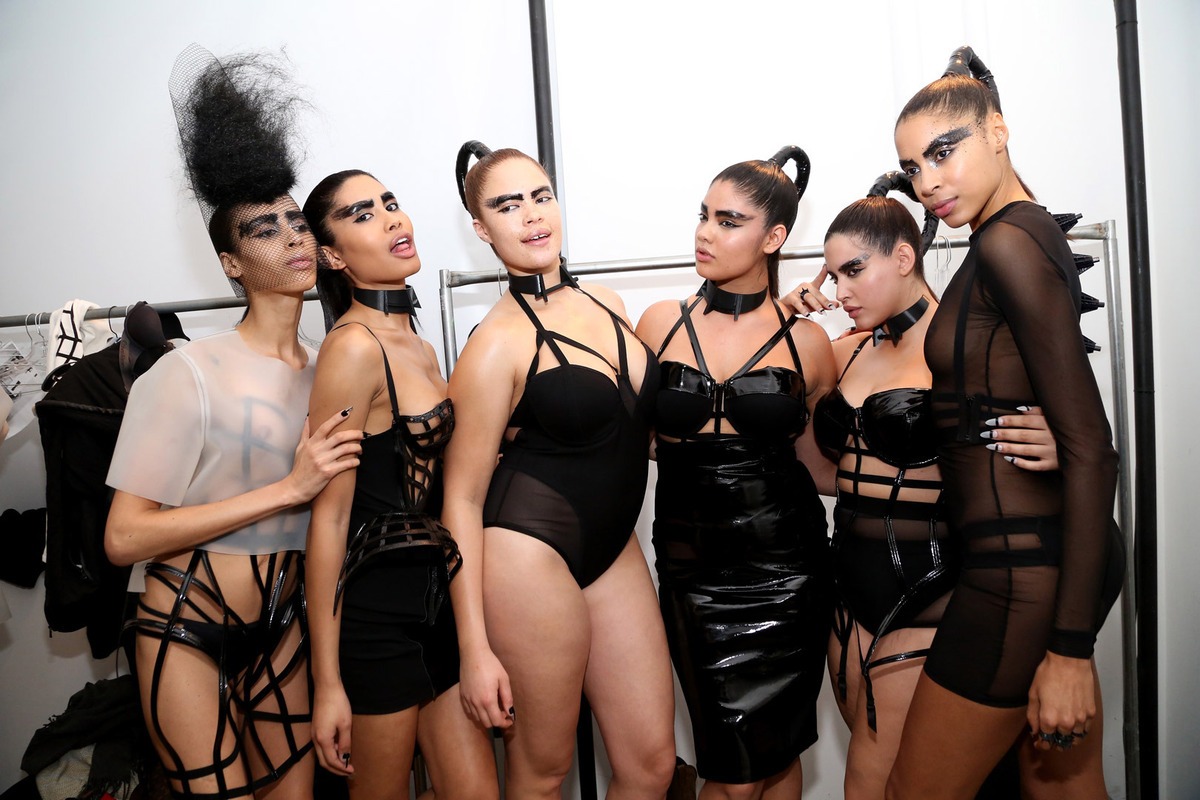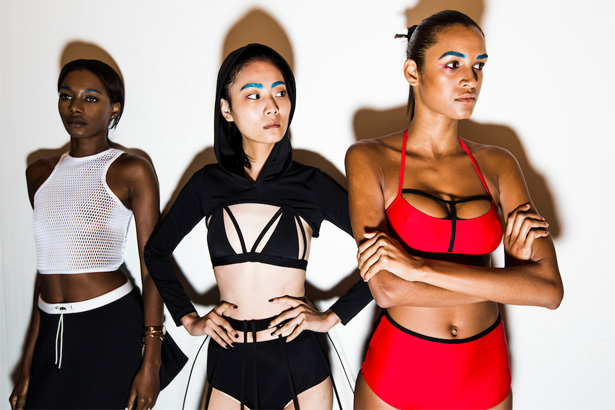Fashion week is nearly upon us. The diversity issue is typically best explored once stats are drawn, casts are analysed and numbers are crunched. But regardless of these, the issue continues to be evident on the runway, and time and again the industry comes up short.

The issue of diversity in the fashion industry has been ongoing for many years. Countless magazines and newspapers have written about the controversy on what the runway should be displaying in terms of shapes, sizes, races, gender, ages and disabilities.
Unfortunately, designers haven’t really been influenced to make a change and there hasn’t been a drastic difference on the runways.
But why, after all these years, are we still not that much better off when it comes to diversity?
Chelsea Jay, a campaigner and director of the models with a disability division at non-profit organisation Models of Diversity, has spoken openly about this issue.
“It’s funny that fashion constantly talks about what’s new, but the industry’s principles are painfully out of date.”
If fashion is about anything, it is about being open to everyone of all ages, races, sizes, and leading the public’s eye in art and design. So then why is it that when it comes to the choice of models, the idea of this gets lost and each designer follows one look?
Surely the whole point of fashion week and runway shows is to showcase next seasons trends, to inspire, and turn fashion into art that walks, and to ultimately reflect the eclectic beauty of the world’s population.
It sets the standard for style for the next six months and this should not be affected by something like the colour of a person’s skin, size or disabilities, right?
If we look at the domino effect, this impacts what type of clothes are being produced, how they will be advertised, and this in turn affects the beauty and fashion industry as a whole.

But what does it say, to all of those little girls, teenagers and young women, even men, who aren’t seeing representations of themselves at the biggest fashion events of the year? And we’re not only talking about colour, but about representing curvy women and people with disabilities to transgender models.
Because in this day and age, when people from all colours, ages and sizes move more freely around the world, why can’t we showcase these qualities on our runways?
Where are the larger models? The models of colour? The shorter models? The models with a disabilities? Even the older models?

Clearly, not just anyone can be a model. You must have a special beauty, artistic awareness, confidence and be able to take direction. But no one with these qualities should be turned away from the industry purely on other grounds.
Often arguments for not using a diverse range of models with different colour, sizes or disabilities are that they are not meant to reflect society as a whole, but to be walking clothes and show casing garments.
“You can’t say that models are just mannequins. Things have moved on – models have an identity and a fan base through social media. One modelling agent told me that they are not trying to represent everybody, they are only trying to represent an elite group who buy that clothing, but disability is the one thing in the world that can affect absolutely anyone.”
– Chelsea Jay

It’s a big contradiction. The industry seems they are permanently grasping for change, but they never quite get there. Despite slight gains, it’s clear the fashion industry has a long way to go on the road to equality. We’ll just have to wait until next fashion week to see how much has really improved.






